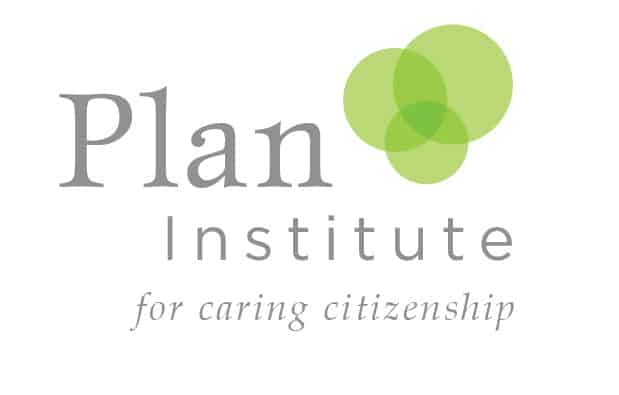By Tim Louis
If you are the parent of an adult with a disability and considering a Will, there are some important facts you need to be aware of.
In British Columbia, an adult with a disability in receipt of Persons with Disability (PWD) income from the province is allowed up to $100,000 in assets. Anything over this amount will result in the province ending these benefits. If you are going to leave your adult child with an inheritance of over $100,000, you should consult a lawyer familiar with trusts. In this article, we will be looking at one example of a trust – a Henson Trust.
What is a Henson Trust?
Henson Trusts are named after Mr. Leonard Henson. He and his adult daughter lived in Guelph, Ontario. His daughter had a disability and she was receiving Ontario’s version of BC’s PWD income, known as Ontario Disability Support Payment (ODSP).
At the time, Mr. Henson established an absolute discretionary trust for his daughter. The Ontario Ministry of Community and Social Services decided that Mr. Henson’s daughter was not eligible for her provincial disability benefits as she had assets more than the allowable limit.
The Hensons challenged the decision, and the matter worked its way through the Ontario court system. Eventually, the Court of Appeal for Ontario ruled in favour of the Hensons. The Court found that the wording of the trust protected the assets held within it, which meant thatthe daughter was able to continue receiving disability income from the Ontario government. And so the Henson Trust was born!
How does it work?
A Henson Trust is an absolute discretionary trust. It is the most common trust used by families of people with disabilities.
An absolute discretionary trust is a type of trust in which the trustee (the person managing the trust) decides when, how and if to pay money from the trust to the beneficiary (the person the trust is for). The beneficiary cannot demand payments from the trust.
Families use Henson Trusts to protect the assets (such as an inheritance) of the person with a disability. It also allows the person with a disability the right to collect government benefits.
How do I set one up?
A Henson Trust can be established while you are alive or when you die. Generally, it forms part of your Will. A lawyer will help you to write up the details of the trust. There are some things you need to think about when setting up a Henson Trust:
1) Choosing a Trustee
You will need to choose a trustee who will look after the trust on your behalf. They will be responsible for overseeing the trust assets, such as, investing any money in the trust and deciding on when to make payments to the beneficiary. It is important to define the trustee’s (or trustees’) responsibilities when you create the trust. Some people choose to hire a professional to do this, while others choose a family member or trusted friend.
2) Fees
Most trustees will want payment for their services. You can word the trust so the trustee is paid from the trust.
3) Reporting
Your trustee must keep accounting records for all the assets of the trust. This includes payments made from the trust and income received from the Trust. Finally, your Trustee will be responsible for ensuring that a trust tax return is prepared and filed with the Canada Revenue Agency (CRA).
If you have an adult child with a disability that receives disability income, you should consult with a lawyer familiar with Henson Trusts before you have your Will prepared. A Henson Trust is one example of a trust. We recommend discussing your options with a legal professional.
Tim is a lawyer based in British Columbia. His team offers legal services for personal injury, disability, wrongful dismissal, and Wills. You can find out more at timlouislaw.com
For more information on Henson Trusts and other future planning topics, visit Plan Institute’s website at planinstitute.ca/learning-centre/wills-trusts-and-estate-planning or call our free disability planning helpline on 1-844-311-7526.
**Please note that all views and opinions expressed by contributors should be recognized as theirs alone, and do not necessarily reflect the official policies or position of Plan Institute**

